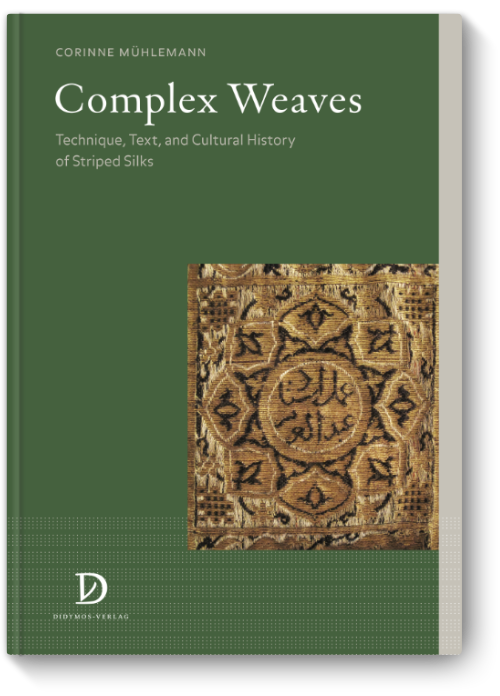Beschreibung
Silk fabrics in the form of wearables and soft furnishings were omnipresent in medieval Islamic society, yet their presence has not always been acknowledged within the field of art history. Complex Weaves considers the interwoven historiography of textile studies and Islamic art history through focusing on lampas fabrics produced in the Mongol (Ilkhanate, Chagatai Khanate) and Mamluk territories during the 13th and 14th centuries. Attending to these complex striped silks offers new perspectives on the production, consumption, and intended use of medieval textiles. By analysing the different weaving techniques, the Arabic inscriptions in the patterns of the striped silks as well as their representation in pictorial and written sources, Complex Weaves critically examines the technological knowledge and divisions of labour required to produce lampas fabrics. The iconography, materiality, and inscriptions of striped silks are placed in conversation with 13th century metal vessels and contextualized through the varied uses of wearable silks. From robes of honour (khilʿa, tashrīf) for the Sāqī (cup-bearer) to the textile propaganda of the Abū Saʿīd silk, the incorporation of specific silks was instrumental in constructing talismanic power and political messages. Silks affected both those who wore them, and those who observed them, offering researchers insight into Islamic art history.
Autorin
Corinne Mühlemann is the Assistant Professor for the History of Textile Arts (Abegg-Stiftung professorship) at the University of Bern, Switzerland. She has been a Marie-Skłodowska-Curie Individual Fellow at the Centre for Textile Research at the University of Copenhagen. Her research contributes to the fields of textile studies and Islamic art history.
